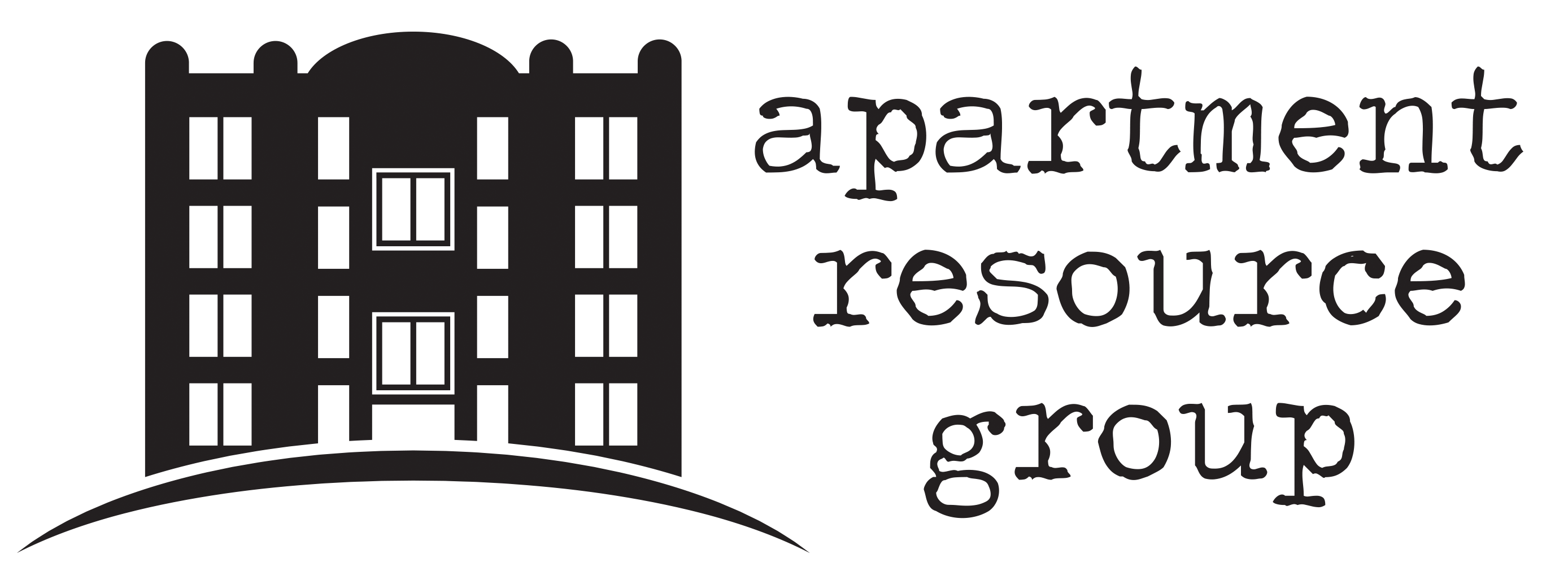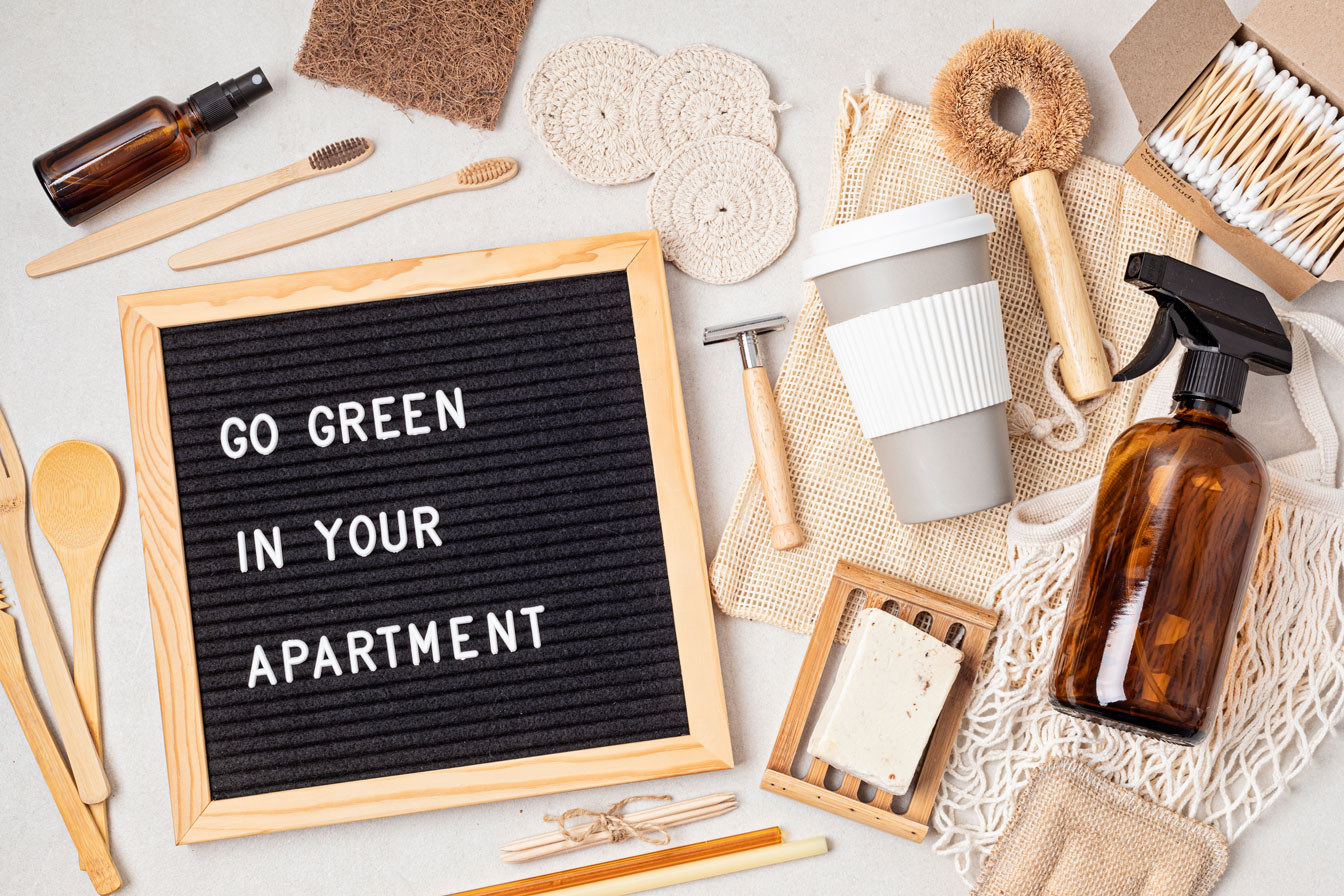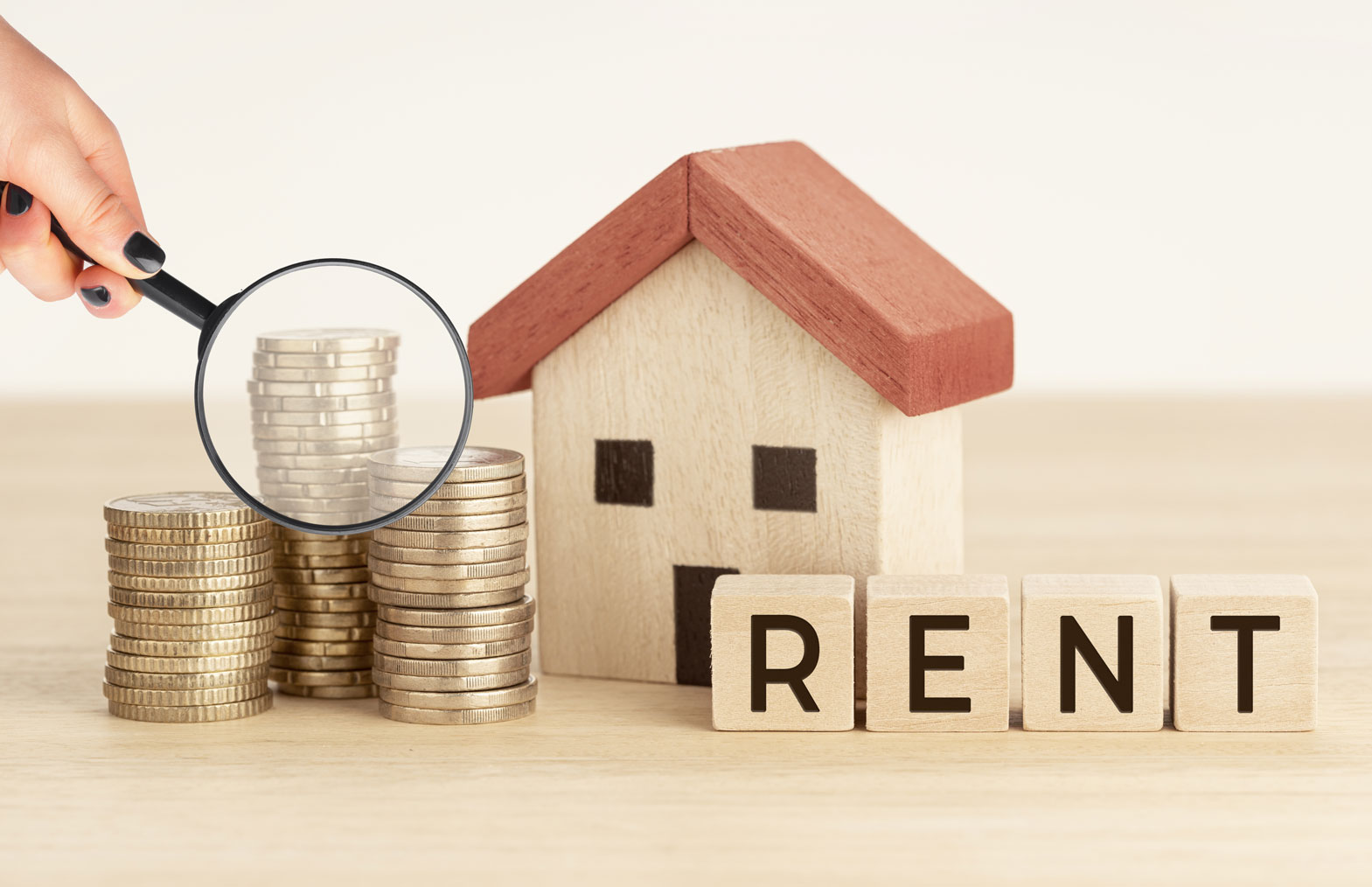As a renter, maintaining your apartment isn’t just about following the lease agreement—it’s about ensuring that your living space remains comfortable, safe, and pleasant throughout the year, especially the colder months. With each season bringing its own set of challenges, a proactive approach to maintenance can help you avoid potential issues and keep your apartment in top shape. Here’s a seasonal checklist of maintenance tasks to guide you through the colder months.
Fall: Preparing for the Cooler Months Ahead
As the weather cools, it’s time to prepare your apartment for the transition into winter.
1. Inspect and Seal Windows and Doors
Preventing drafts is key to maintaining a warm and energy-efficient home.
- Caulking: Besides weatherstripping, apply caulk around the edges of windows and doors where gaps are visible. This will prevent cold air from seeping in and warm air from escaping.
- Thermal Curtains: Consider investing in thermal curtains or insulated drapes. They provide an additional barrier against the cold and help maintain indoor temperatures more efficiently.
2. Test and Service Heating Systems
Your heating system will soon be in regular use, so it’s essential to ensure it’s in good working condition.
- Professional Inspection: Schedule a professional inspection of your heating system, whether it’s a furnace, boiler, or baseboard heaters. This can help identify any potential issues before they become bigger problems.
- Filter Replacement: Replace the air filters in your heating system. Clean filters improve air quality and ensure the system runs efficiently, reducing energy consumption.
- Thermostat Check: Test your thermostat to make sure it’s functioning correctly. If you have a programmable thermostat, set it up for optimal energy savings during the cooler months.
3. Prepare Plumbing for Cold Weather
Avoid the hassle and expense of burst pipes by taking preventive measures.
- Insulate Pipes: Wrap exposed pipes, especially those in unheated areas like basements or attics, with pipe insulation to protect them from freezing.
- Outdoor Faucets: Disconnect and drain garden hoses, and shut off the water supply to outdoor faucets. Consider installing faucet covers to prevent freezing.
4. Clean and Inspect Gutters
Fallen leaves can easily clog your gutters, leading to water damage as rain and melting snow fail to drain properly.
- Clear Debris: Remove leaves, twigs, and other debris from gutters and downspouts. Clogged gutters can lead to leaks and damage to your apartment’s exterior or foundation.
- Check for Damage: While cleaning, inspect the gutters for any signs of damage or sagging. Report any issues to your landlord so they can be addressed before winter.
5. Store and Protect Outdoor Furniture
If your apartment includes outdoor space, now is the time to prepare it for the off-season.
- Clean and Store: Thoroughly clean outdoor furniture and store it in a dry, protected area to prevent damage from cold, moisture, or snow.
- Cover Items Left Outside: If storing indoors isn’t an option, invest in durable covers to protect outdoor furniture, grills, and other items from the elements.
6. Organize and Prepare for Indoor Activities
As the days get shorter and colder, you’ll likely be spending more time indoors.
- Declutter and Organize: Use the fall as an opportunity to declutter and organize indoor spaces. Store away summer items and bring out your cozy winter essentials like blankets and warm lighting.
- Indoor Plants: Consider adding indoor plants that thrive in low light to brighten up your space during the darker months. Plants can also help improve indoor air quality.
7. Emergency Preparedness
Winter storms can lead to power outages or other emergencies, so it’s important to be prepared.
- Stock Up on Essentials: Make sure you have basic supplies like bottled water, non-perishable food, batteries, flashlights, and a first-aid kit on hand.
- Heating Alternatives: If you live in an area prone to severe weather, consider having an alternative heating source, like a portable space heater, in case of power outages.
8. Review and Update Your Renters Insurance
Fall is also a good time to review your renters insurance policy.
- Coverage Check: Ensure your policy covers potential winter-related incidents, such as damage from burst pipes or falling ice.
- Update Inventory: Update your home inventory to include any new purchases, and ensure that high-value items are adequately covered.
Winter: Preparing for Cold Weather
Winter can be harsh, especially if your apartment isn’t properly prepared. Here’s how to keep your space warm and cozy during the colder months:
1. Maximize Heating Efficiency
Keeping your apartment warm without wasting energy is crucial during winter.
- Draft Excluders: Use draft excluders at the bottom of doors, especially those leading to the outside. This can prevent cold air from entering and reduce the strain on your heating system.
- Window Film Insulation: Consider applying insulating film to windows. This clear plastic film can be applied directly to the glass, providing an additional layer of insulation to keep heat in.
- Radiator Reflectors: If you have radiators, place heat-reflective panels behind them. These panels reflect heat back into the room, making your heating more effective.
- Maintain Humidity Levels: Use a humidifier to add moisture to the air. Humid air feels warmer, so you can potentially lower your thermostat by a degree or two, saving on energy costs.
2. Prevent Frozen Pipes
Frozen pipes can burst and cause significant water damage, so prevention is key.
- Keep Cabinet Doors Open: On extremely cold nights, open the doors to cabinets under sinks, especially those on exterior walls. This allows warmer air to circulate around the pipes.
- Keep the Heat On: Even if you’re away for an extended period, keep the thermostat set to at least 55°F (13°C) to prevent pipes from freezing.
- Drip Faucets: Allow a small trickle of water to run from faucets during freezing weather. Moving water is less likely to freeze.
3. Improve Indoor Comfort
Make your apartment as cozy and comfortable as possible during the colder months.
- Layer Your Bedding: Switch to heavier bedding, such as flannel sheets, down comforters, and wool blankets. Layering your bed can help retain warmth during cold nights.
- Warm Lighting: Replace bright, cool-toned light bulbs with warmer, softer ones. This can create a cozier atmosphere, perfect for winter evenings.
- Area Rugs: Use area rugs on bare floors to help insulate your apartment. Rugs not only add warmth but also reduce noise and create a more inviting space.
4. Check Your Appliances
Winter often means more time indoors, so ensure your appliances are ready for increased use.
- Test Your Appliances: Check that essential appliances like your oven, microwave, and refrigerator are functioning properly, as they’ll likely see more use during the winter months.
- Clean the Oven: If you plan on doing more cooking or baking during the winter, give your oven a thorough cleaning beforehand to ensure it operates efficiently.
- Inspect the Water Heater: Make sure your water heater is set to a safe temperature (around 120°F/49°C) to provide sufficient hot water without the risk of scalding.
5. Fire Safety
Winter increases the risk of house fires due to the use of heaters and fireplaces.
- Space Heater Safety: If you use space heaters, keep them at least three feet away from anything flammable, and never leave them unattended. Ensure the space heater has an automatic shutoff feature in case it tips over.
- Fireplace Safety: If you have a fireplace, always use a screen to prevent sparks from escaping. Store ashes in a metal container until they are completely cool before disposing of them.
- Check Fire Extinguishers: Ensure you have a working fire extinguisher in your apartment and that you know how to use it.
6. Reduce Energy Costs
Winter can lead to higher energy bills, so it’s important to be mindful of your energy consumption.
- Programmable Thermostat: If your apartment has a programmable thermostat, set it to lower the temperature when you’re not home or while you’re sleeping to save on heating costs.
- Unplug Unused Electronics: Even when turned off, many electronics still draw power. Unplug devices you’re not using to reduce energy waste.
- Seal Off Unused Rooms: If there are rooms in your apartment that you rarely use, close the doors and vents in those spaces to focus your heating on the areas where you spend the most time.
7. Prepare for Power Outages
Winter storms can sometimes lead to power outages, so it’s wise to be prepared.
- Emergency Kit: Have an emergency kit ready with essentials like flashlights, batteries, blankets, non-perishable food, and water.
- Backup Heating: Consider having a backup heating source, such as a propane heater, but ensure it’s safe for indoor use and follow all safety guidelines.
- Keep Devices Charged: During winter storms, keep your phone and other essential devices charged in case of a power outage.
8. Protect Your Floors
Winter weather can bring in snow, ice, and salt, which can damage your floors.
- Entryway Rugs: Place durable mats or rugs at entryways to catch moisture and debris. Encourage everyone to remove their shoes at the door to keep floors clean and dry.
- Boot Trays: Use boot trays to store wet shoes and boots. This prevents water from seeping into floors and causing damage.
BOUNUS: Year-Round Tips:
- Report Maintenance Issues Promptly: Don’t wait for a small problem to become a big one. Report issues like leaks, broken appliances, or pest problems as soon as they arise.
- Keep an Eye on Utilities: Monitor your utility usage to catch any unusual spikes that could indicate a problem, such as a leak or inefficient appliance.
- Maintain Good Relations with Your Landlord: Good communication with your landlord can make it easier to address maintenance issues and ensure they’re handled promptly.







